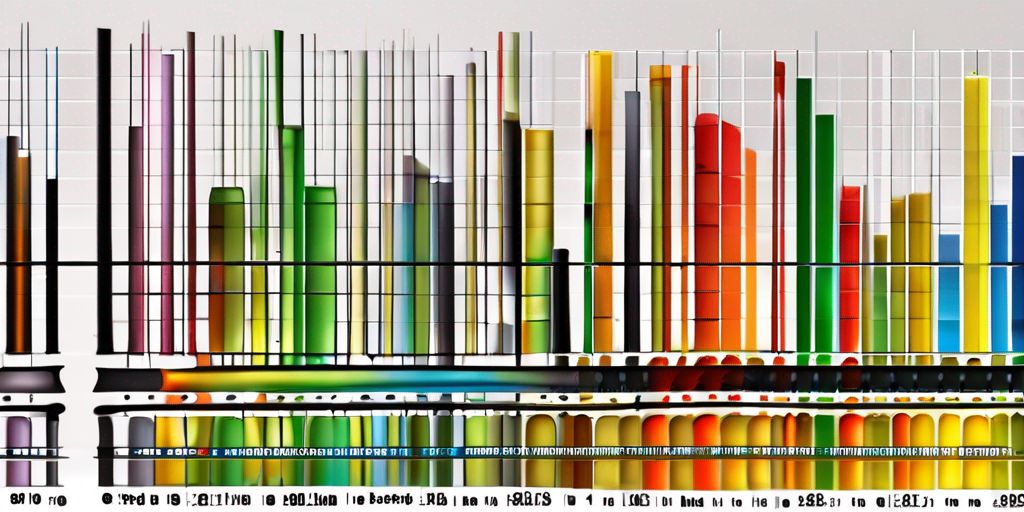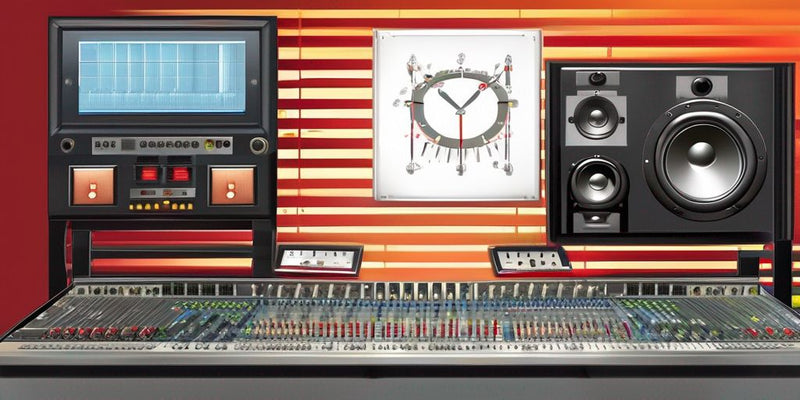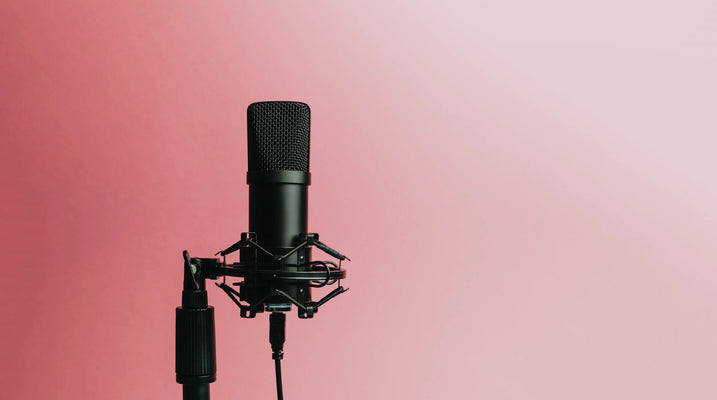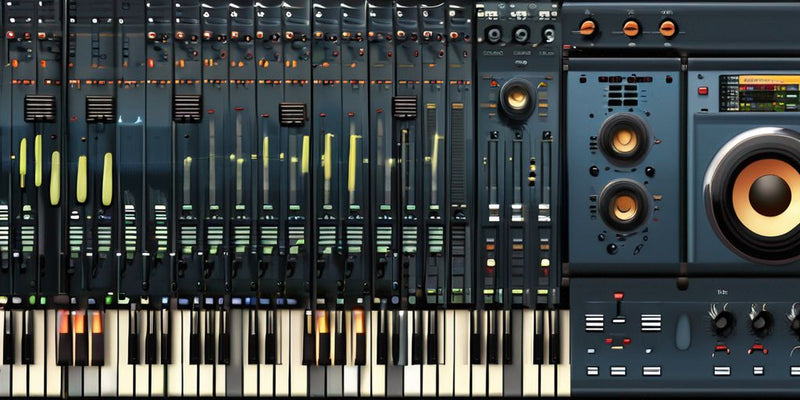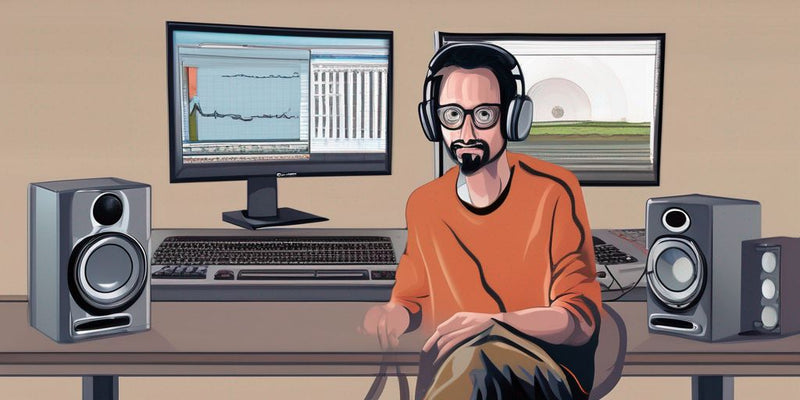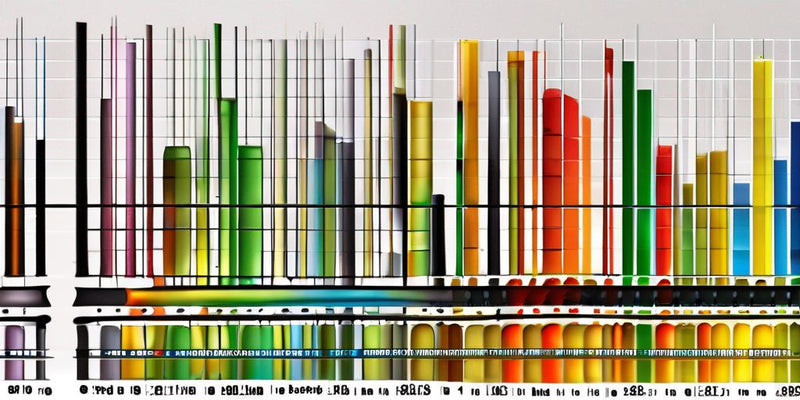A mixing levels chart is a comprehensive visual guide, offering a clear and organized representation of the various audio levels within a mix. This chart proves invaluable for audio engineers and producers, playing a pivotal role in achieving a well-balanced and professional sound.
Understanding the Significance of a Mixing Levels Chart
A mixing levels chart is a roadmap for audio engineers during the intricate mixing process. It presents a table that delineates each audio source alongside its corresponding levels. This visual aid allows engineers to make informed decisions, ensuring that the relative loudness of each element is judiciously adjusted to create a cohesive and polished final mix.
Components of a Mixing Levels Chart: Unveiling the Blueprint
A typical mixing levels chart comprises several vital components that work harmoniously to organize and visualize the audio levels:
- Audio Sources: This column functions as a comprehensive list of all the diverse audio sources that will be amalgamated into the mix. Each element finds its place on this chart, from vocals to instruments and effects.
- Level Assignments: This column provides specificity by articulating the desired level for each audio source. This precision is instrumental in achieving the delicate balance necessary for a harmonious mix.
- Metering: The metering section offers visual feedback on the current audio levels, acting as a dynamic tool for the mixer to monitor and make real-time adjustments.
By incorporating these components, a mixing levels chart empowers audio engineers to effectively manage and control the levels of various audio sources, fostering a balanced and professional mix.
Crafting a Mixing Levels Chart: From Concept to Creation
The journey of creating a mixing levels chart involves a systematic approach:
- Identifying Audio Sources: The initial step entails identifying all audio sources that will be part of the chart. This includes an exhaustive list of elements like vocals, instruments, and effects. A clear understanding of each audio source is vital for accurate level assignments.
- Determining Desired Levels: Once the audio sources are identified, the subsequent step is to ascertain the desired levels for each source. This involves considering the relative importance of each element in the overall mix, with higher levels assigned to prominent sources and lower levels to supporting elements.
- Assigning Levels: With the desired levels in mind, the next phase is to give these levels to each audio source in the chart. Utilizing a combination of table and list formats, the chart becomes a roadmap for the mixing process, ensuring each element is optimized for the final mix.
Utilizing a Mixing Levels Chart: A Symphony of Adjustments
During the mixing process, a mixing levels chart becomes an indispensable tool for audio engineers:
- Adjusting Levels: The chart serves as a visual reference for adjusting the levels of each audio source, facilitating precise and informed adjustments. This ensures that no element overpowers or gets lost in the mix, maintaining the dynamic range and clarity of the audio.
- Balancing Audio Sources: After determining the desired levels, the focus shifts to balancing the audio sources. This involves adjusting volume levels using faders or knobs, carefully listening to the overall mix, and making subtle adjustments to achieve a harmonious sound.
- Monitoring Levels: Continuous monitoring of levels is crucial to ensuring a well-balanced mix. Using audio meters or visual indicators, engineers keep track of the signal strength of each audio source, preventing issues such as distortion or clipping.
Benefits of Incorporating a Mixing Levels Chart: Elevating the Mixing Experience
The use of a mixing levels chart offers several advantages for audio engineers and producers:
- Precise Control: The chart provides precise control over the levels of different audio sources, ensuring a balanced and cohesive mix with improved clarity and separation of instruments and vocals.
- Avoiding Issues: By setting appropriate levels, the chart helps avoid clipping and distortion, maintaining consistent levels throughout the mixing process for a polished and professional sound.
- Efficiency and Effectiveness: The chart enhances the efficiency of the mixing process by providing a visual reference, allowing for quicker decision-making and adjustments.
Tips for Crafting an Effective Mixing Levels Chart: Navigating the Process
Crafting an effective mixing levels chart involves attention to detail and clarity:
- Clear Labeling: Ensure each audio source is labeled clearly and accurately to avoid confusion during mixing.
- Appropriate Level Assignment: Assign levels judiciously to each audio source, considering the desired balance and professional sound.
- Visual Representation: Employ a color-coded system or visual representation like a table or graph for an organized and user-friendly chart.
- Regular Review and Update: Periodically review and update the mixing levels chart to adapt to changes in the audio setup or project requirements.
A Harmonious Blend of Art and Science
In the grand symphony of audio production, a mixing levels chart emerges as a valuable conductor's baton, guiding the meticulous orchestration of diverse audio elements. Its integration into the workflow of audio engineers and producers enhances the mixing process's quality, efficiency, and overall effectiveness. As the final adjustments are made and the sonic landscape is finely tuned, the mixing levels chart is a testament to the artistry and precision that defines professional audio production.

